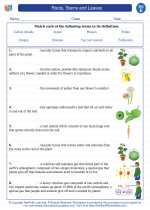Coastlines
A coastline is the area where the land meets the sea or ocean. It is a dynamic and constantly changing boundary that is shaped by a variety of natural processes.
Formation of Coastlines
Coastlines can be formed through various geological processes, including:
- Deposition of sediment by rivers and streams
- Erosion by waves and tides
- Uplift and subsidence of land
- Volcanic activity
Types of Coastlines
Coastlines can be classified into several types based on their geological features, such as:
- Rocky coastlines
- Sandy coastlines
- Cliffed coastlines
- Deltas
- Mangrove coastlines
Coastal Erosion and Deposition
Erosion is the process by which the land is worn away by natural forces such as waves, wind, and tides. Deposition, on the other hand, is the process by which sediment is deposited along the coastline, forming features such as beaches, sandbars, and barrier islands.
Impact of Human Activities
Human activities, such as construction, urbanization, and pollution, can have a significant impact on coastlines. Coastal development can disrupt natural processes and lead to erosion, while pollution can harm marine ecosystems and affect the health of coastal areas.
Study Guide
To study coastlines, it's important to understand the following key concepts:
- The processes involved in the formation and shaping of coastlines
- The different types of coastlines and their unique features
- The role of erosion and deposition in shaping coastal landscapes
- The impact of human activities on coastlines and marine environments
Additionally, it can be helpful to explore case studies of specific coastlines around the world to understand how geological, environmental, and human factors interact to shape these dynamic landscapes.
[Coastlines] Related Worksheets and Study Guides:
.◂Science Worksheets and Study Guides Fifth Grade. Roots, Stems and Leaves
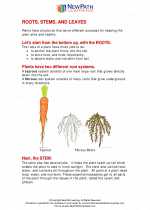
 Activity Lesson
Activity Lesson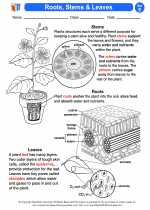
 Worksheet/Answer key
Worksheet/Answer key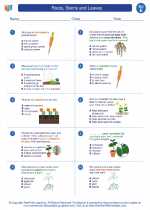
 Worksheet/Answer key
Worksheet/Answer key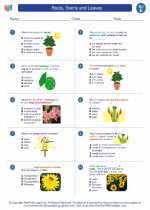
 Worksheet/Answer key
Worksheet/Answer key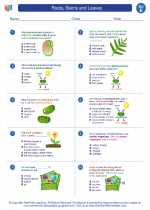
 Worksheet/Answer key
Worksheet/Answer key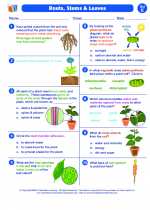
 Vocabulary/Answer key
Vocabulary/Answer key
 Vocabulary/Answer key
Vocabulary/Answer key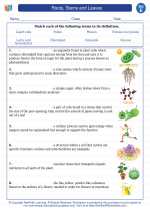
 Vocabulary/Answer key
Vocabulary/Answer key